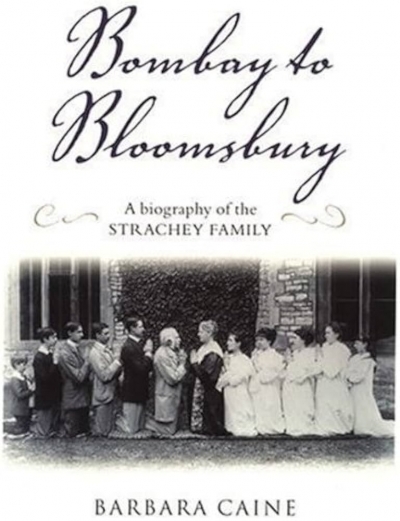Barbara Creed
Oz Lit at Melbourne University
Dear Editor,
The English program at the University of Melbourne has offered courses on Australian literature every year since 1982, when it was first introduced as a full seminar subject. Stephanie Guest’s article in last month’s issue of ABR, ‘Oz Lit in the Moot Court Room: Finding Australian Literature at the ...
Phallic Panic: Film, horror and the primal uncanny by Barbara Creed
by Rose Lucas •
Bombay to Bloomsbury: A biography of the Strachey family by Barbara Caine
by Ian Britain •
Natural Born Killers by Oliver Stone, David Veloz, Richard Rutowski (screenplay); story by Quentin Tarantino
by Barbara Creed •
01 October 1994




